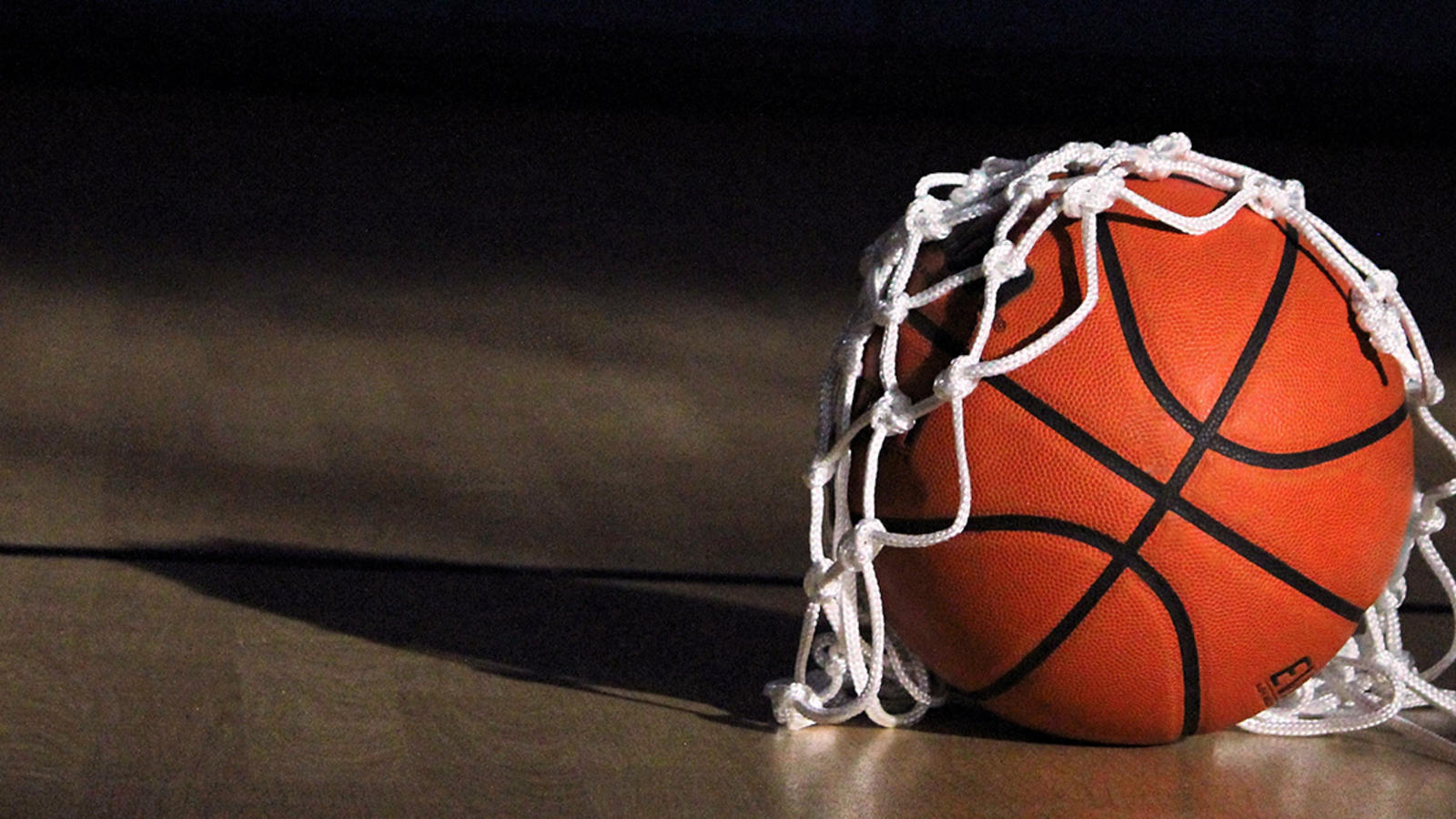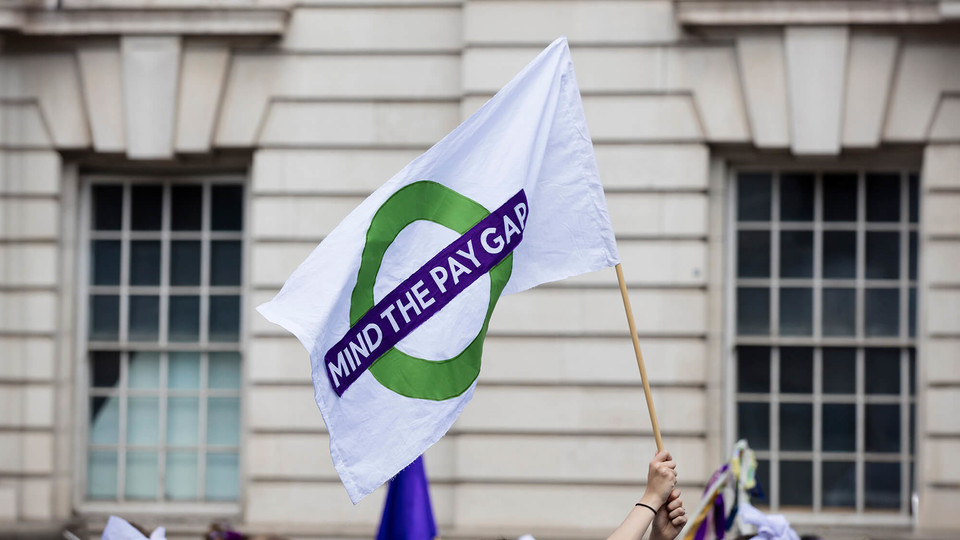
Full-Court Press
How Did One Court Decision Transform Corporate Ownership In America?
Based on research by Alan Crane and Andrew Koch.
How Did One Court Decision Transform Corporate Ownership In America?
- In 1999, the Ninth Circuit Court of Appeals cut back shareholders’ ability to file class action lawsuits.
- Small shareholders lost a key tool to monitor and control firm management.
- As a result, the ownership structure of firms across the West Coast changed dramatically – with institutional investors taking on an outsized ownership role.
Accounting misstatements, insider trading, withholding of material information about firm operations — all are good reasons for a class action suit. Suing as a class lets small shareholders aggregate their individual strengths.
So what happens when these suits get harder to file? From the shareholders’ perspective, it means less ability to join forces. But how does decreased ability to file class action suits affect how firms do business?
Rice Business professor Alan Crane spent years studying how the ability to litigate affects firm ownership. In a recent paper he coauthored, he analyzed firm ownership structures after a 1999 Ninth Circuit Court of Appeals ruling reduced small shareholders’ power to file class action suits.
The Ninth Circuit covers the West Coast, Alaska and Hawaii. This means that the court’s decision altered the path of the thousands of firms throughout the region that argued that small shareholders were abusing the class action mechanism with frivolous lawsuits.
Naturally, the decision meant a decline in class action litigation: a 43 percent drop over the following year. Crane, however, was less interested in caseloads than in the firms’ ensuing ownership structures. To understand the outcomes of the ruling, he and his coauthor looked at a large sample of firms over several years before and after the 1999 ruling.
The average cost of a successfully settled class-action lawsuit, the authors knew, is roughly $13 million. Given the average damages and settlements size, a single individual would need to own approximately 10.4 percent of the average firm to find an individual suit worth filing.
So what happened next? Firms that once had significant numbers of small shareholders, the authors found, suddenly were taken over by institutional investors. In 1995, institutional ownership in the 9th Circuit versus other parts of the U.S. was roughly equal. But by 2010, some 11 years after the Ninth Circuit decision, the level of institutional ownership in Ninth Circuit firms increased to roughly 70 percent. Compare this with the 50 percent institutional ownership for comparable firms outside of the court’s jurisdiction.
Ownership concentration and the number of large owners per firm also increased, by 15% and 14% respectively, relative to their 1998 averages.
Not all firms became dominated by institutions in equal measure. Large institutions were lured by firms likely to pay out significant dividends. Hence, firms that didn’t offer the potential for such payouts failed to attract the same level of institutional interest.
Whether institutional ownership is good or bad for a company is a separate issue, the authors noted. Institutions, after all, have a great deal of bargaining power, allowing them to force management into efficiencies it may not otherwise want.
But one outcome was clear. Owners’ ability to keep management in line with threats of class action drastically diminished. The Ninth Circuit’s stated rationale for its decision was limiting the impact of frivolous class action suits. But its effect, Crane found, was widespread change in ownership structure — even in companies uninvolved in litigation.
The implications were subtle but important. Contrary to the court’s argument, the lawsuits the professors studied did *not* appear overall to be frivolous. Yet the Ninth Circuit’s ruling led to profound changes in ownership structures. The takeaway: Class action suits, contrary to many previous findings, are in fact a governance tool.
One court decision, in other words, was enough to transform firm ownership up and down the West Coast. As a result, the power of the class action lawsuit — one of the most effective checks on corporate management of businesses — was slashed. The court’s decision may have saved time and money lost to isolated, frivolous lawsuits. But for countless shareholders and consumers, it was an unintended gamechanger.
Alan Crane is an associate professor of finance at the Jones Graduate School of Business at Rice University.
For further information please see: Crane, A. & Koch, A. (2018). Shareholder Litigation and Ownership Structure: Evidence from a Natural Experiment. Management Science, 64(1), 5-23.
Never Miss A Story


